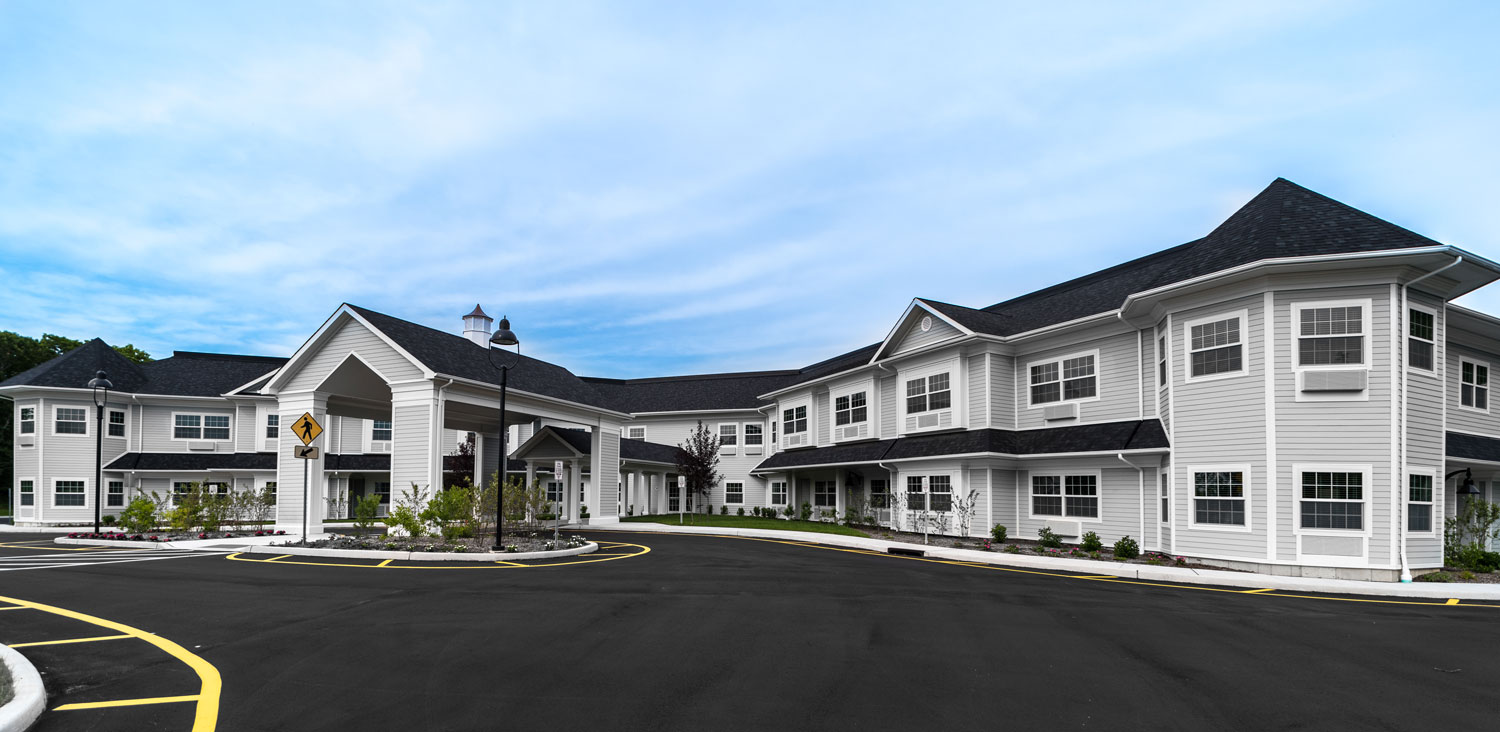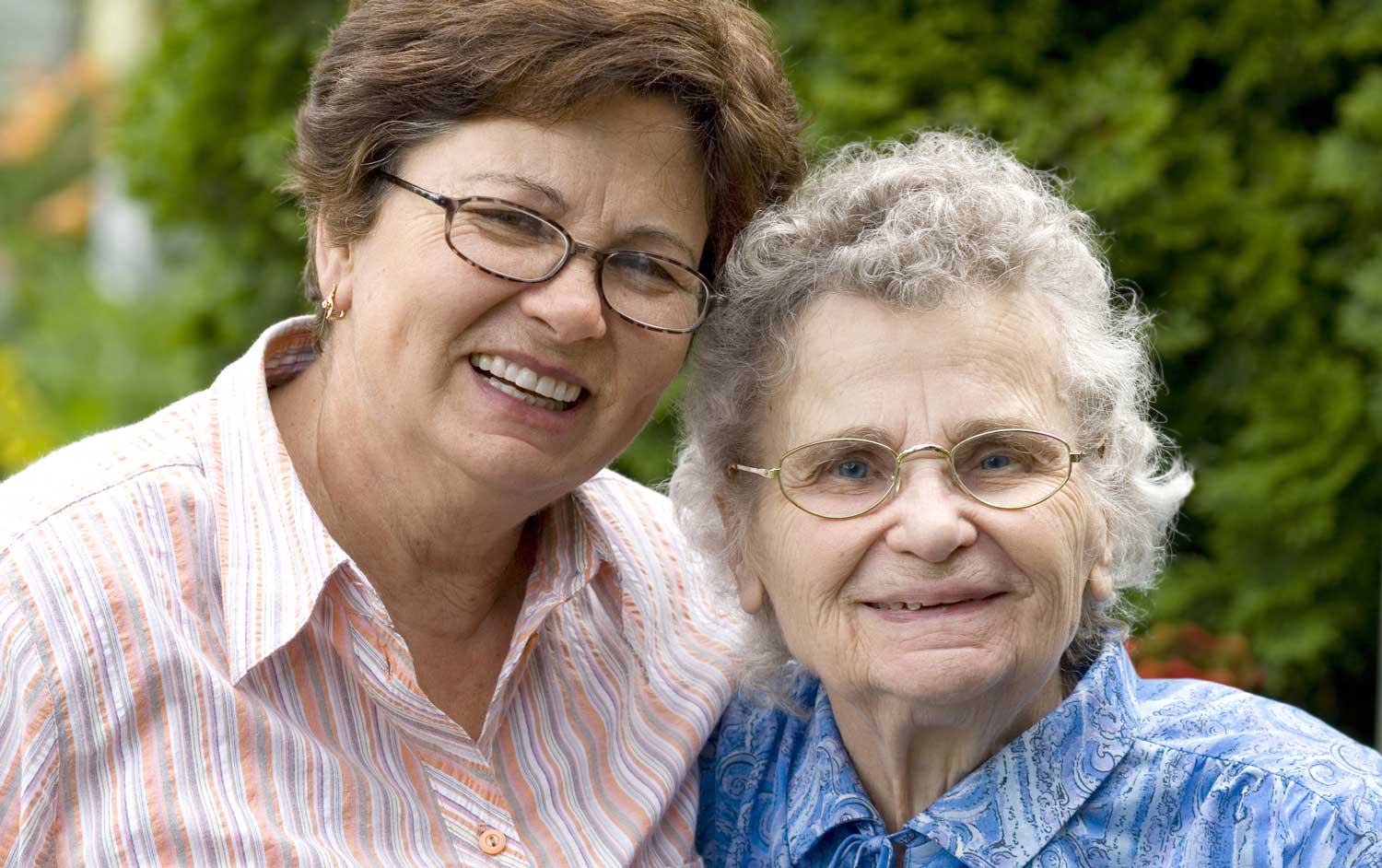Category 1: Adults who are mostly Independent
Independent Living – these communities provide very basic services for adults who are mostly independent. They usually offer one to two meals a day, housekeeping and laundry service, activities, maintenance and security. There are no care services available and these communities are not licensed by the Department of Health.
CCRC – Continuing Care Retirement Community, or Life Plan Community – restricted to adults 62 and over who are mostly independent and meet health and financial eligibility requirements. They include independent living apartments or cottages with social activities, meals and personal care services. Assisted Living and Skilled Nursing care are included, so they provide a continuum of care, usually on the same campus. The Life Care program includes prepaid healthcare in the event long term care is needed. If a Life Care resident needs assisted living or skilled nursing care, they would continue to pay only the cost of independent living. CCRC’s are regulated by the New York State Department of Health and the New York State Department of Insurance. These communities require a large up-front payment (the average is $329k and tops $1 million at some) to prepay for the resident’s anticipated health care expenses. A percentage of the principal (50%, 80%, etc., depending on the contract signed) will go back to the estate upon departure or death. There are three of these communities on Long Island currently, in Pt. Washington, Pt. Jefferson, Greenport and a 4th is being built in Commack.
Category 2: Adults currently in need of personal care and supervision
Adult Home – a home that provides custodial services to adults over the age of 18.
Enriched Housing – like an Adult Home, but Enriched Housing was designed for housing a majority of residents over the age of 55.
ALP – Assisted Living Program – an ALP provides an affordable option for residents who meet income & asset requirements. Personal care & other health related services may be funded through Medicaid. As of Jan. 1. 2020, the monthly SSi Reimbursement for individuals in Adult Homes or Enriched Housing Programs is $1465.
ALR – Assisted Living Residence – ALR’s provide basic services including three nutritious meals a day, housekeeping and laundry services, recreational activities, maintenance services, and case management. ALR’s provide care services including bathing, dressing, grooming, escorting and incontinence care. Most ALR’s are private pay, with a one-time community fee and monthly rentals. Many offer short-time respite stays. Some accept Medicaid on a limited basis, while others accept Community Medicaid to cover the care portion of the monthly bill.
An Assisted Living Residence can obtain supplemental licenses to provide enhanced services, such as injections, assistance with oxygen, colostomy and catheter care, transfer assistance, ambulation assistance and feeding assistance. Some EALR’s use mechanical lifts and provide modified diets. An enhanced license called the SNALR has a secure space for residents in the advanced stages of dementia who might be at risk for wandering. There is a higher resident to staff ratio in that space and the staff receive additional training to care for these residents.
Category 3: Adults in need of a higher level of medical care
SNF – Skilled Nursing Facility – SNF’s accept Medicaid and provide 24-hour medical oversight and short term and/or long term rehabilitation services for the resident.




